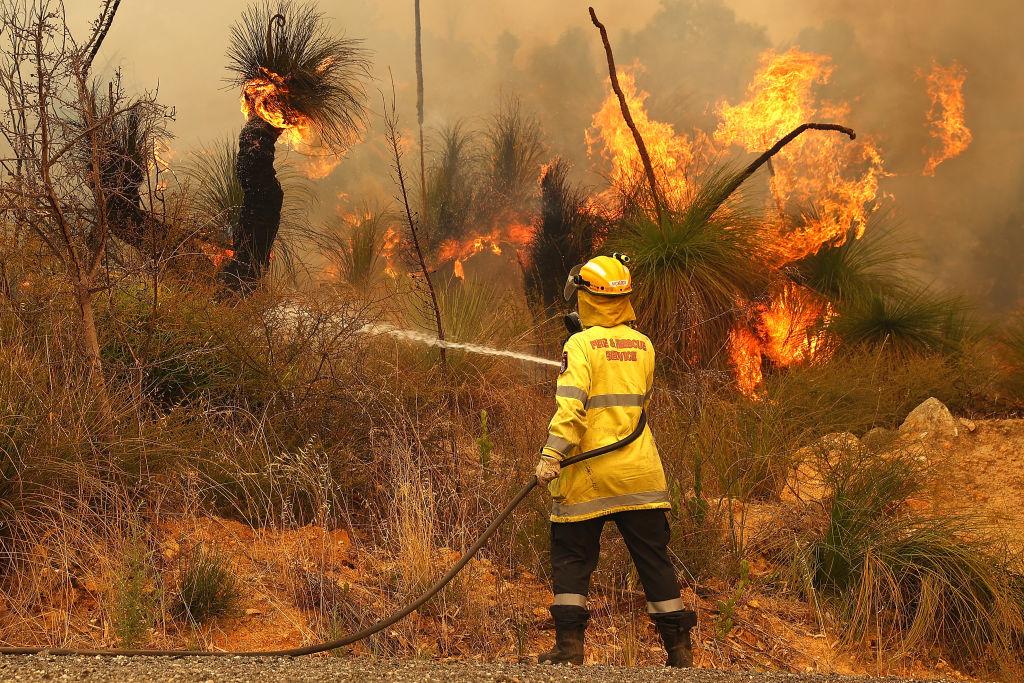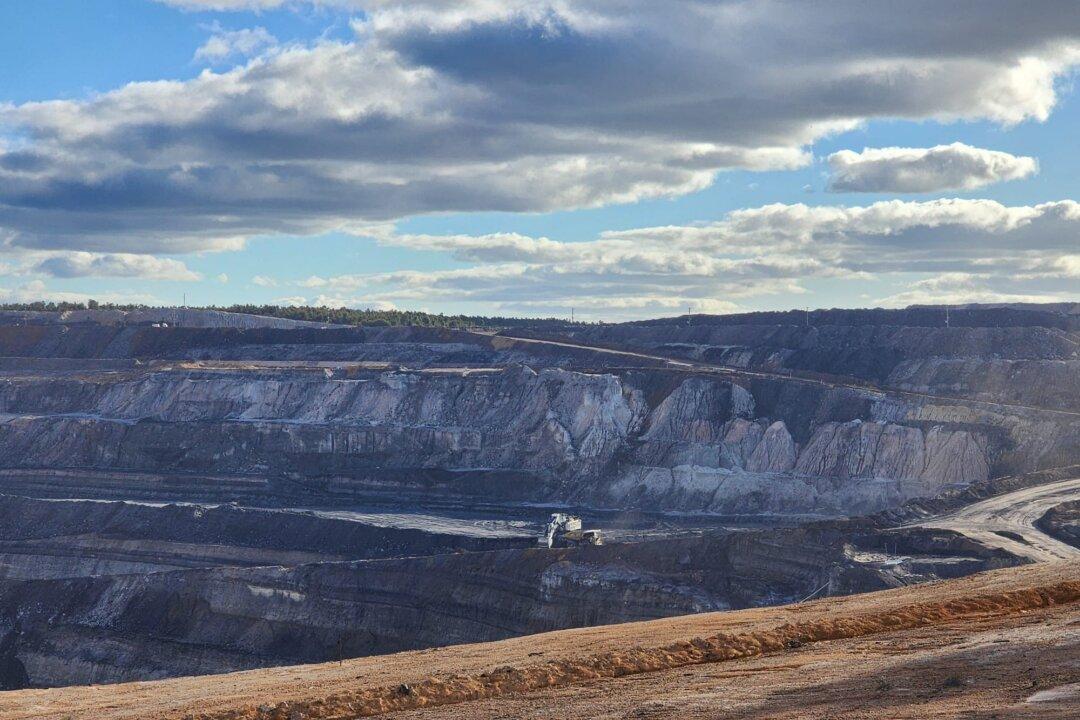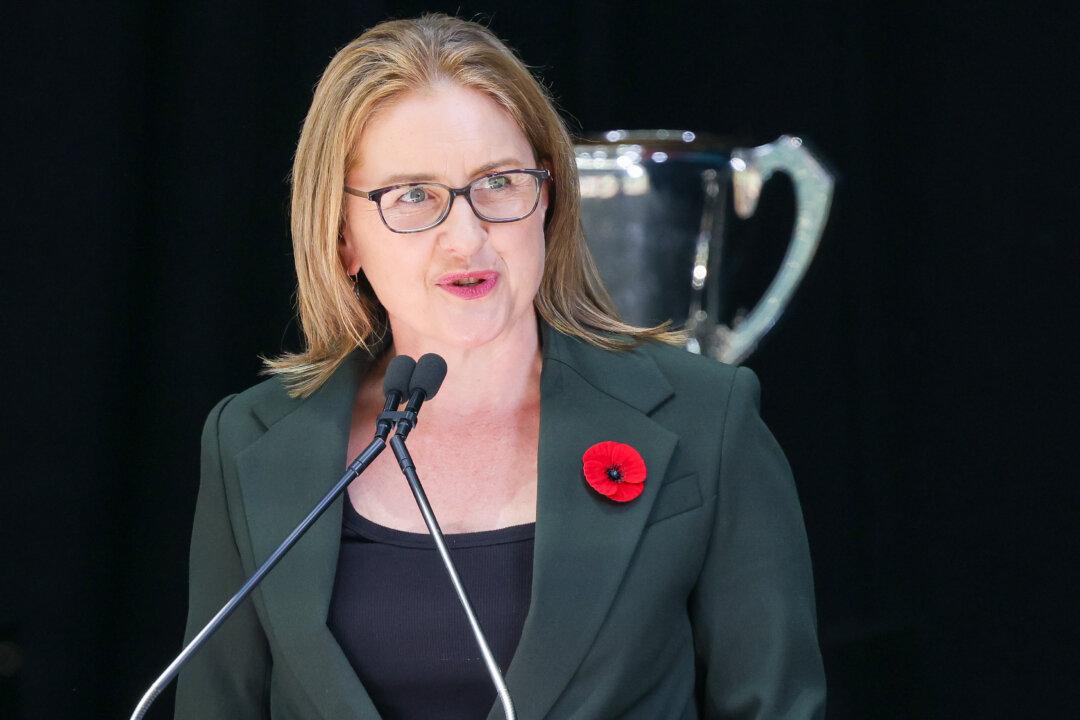Google announced that its environmental project to help detect Australian bushfires early has been established.
Named FireSat, this project will use AI-powered satellites to assist Australian firefighters in discovering bushfires during their infant stage so that early action can be taken to extinguish the fire quickly.




